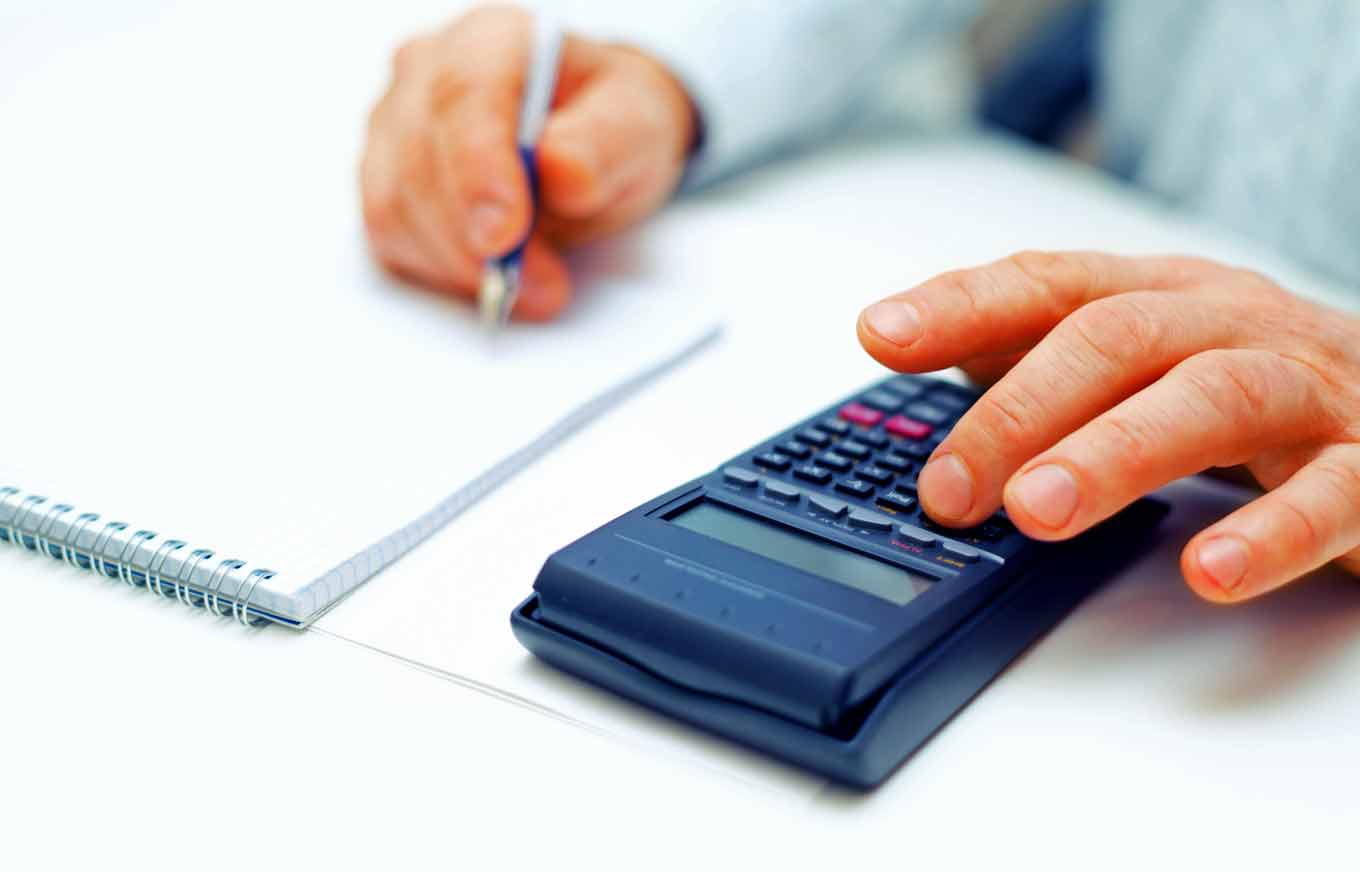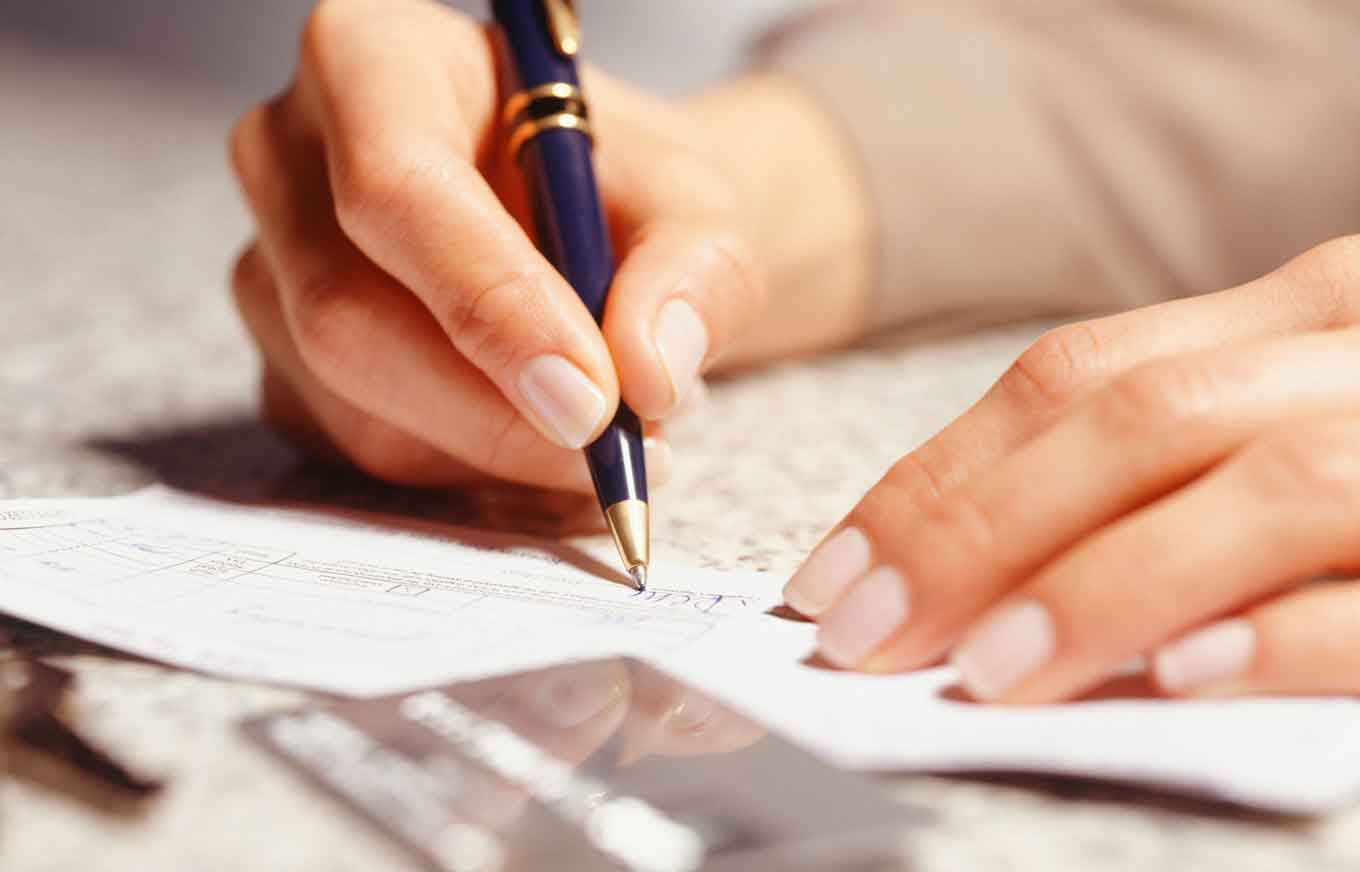When your credit falls apart, the last thing you might want to do is use more credit. Bad credit creeps up on some, and hits others like a bus. Many people live with it for years without recognizing its dangers, but when they hit rock bottom the urge to pick up the scissors and cut up every credit card can be strong. If this sounds like you, you might not want to hear that now is the time to double down on certain healthy credit behaviors. This may require you to completely rethink the way you use credit cards. Yes, the same credit cards that probably lead you into bad credit can help you to get out if used responsibly. If you thought that you wont be able to get a credit card with bad credit – look at a great selection here and think again.
First of all, credit isn’t the enemy. Credit is a tool, and it can be used to build a better financial life if you know how to use it. The problem is that people don’t know how to use it, or they ignore the sensible path and take on a lot more debt than they can actually handle. In order to redeem your bad credit, you’ve got to start from scratch. Here’s how to do it.
First, pay it off. The Snowball method for paying off credit card debt works really well. Use it to pay off your credit cards one by one. When you manage to pay one off, consider cancelling it. Never cancel your oldest card, as it is the start of your credit history that should remain undisturbed. The cards that you set up more recently are fair game, however. Unless the card is offering you a great amount of rewards (and, really, should these be your concern right now?), kill it off. We’ll replace those cards a bit later, but you’ve got bigger fish to fry at the moment.
Next, you’ll want to start repairing your credit history. These histories are bound up in credit reports kept by three different Credit Reporting Agencies, TransUnion, Equifax, and Experian. Once you access your report and credit score, look for negative marks. These may be unpaid bills, or times you used way too much credit. If possible, pay off these bills. Dispute other small problems that you could resolve if you needed to. Sometimes this just makes them disappear because the lenders involved don’t want to take the time to recreate the paper trail of your debt. Do the best you can cleaning up your credit history. This should increase your credit score noticeably.
Next, you want to get a new credit card – one of the card comparison resources can help you. Once your card has been received, use it with incredible care and precision. Never use it if you can’t immediately pay it off with cash. Never carry more than 30% of the available credit limit on your balance (don’t do this on any credit card, actually). Always pay at least the minimum monthly payment and, if possible, don’t carry a balance at all. If you create good habits with this card, you’ll learn how to use all credit cards. This combined with the other tactics above will create a new, better credit history and a much higher credit score.



